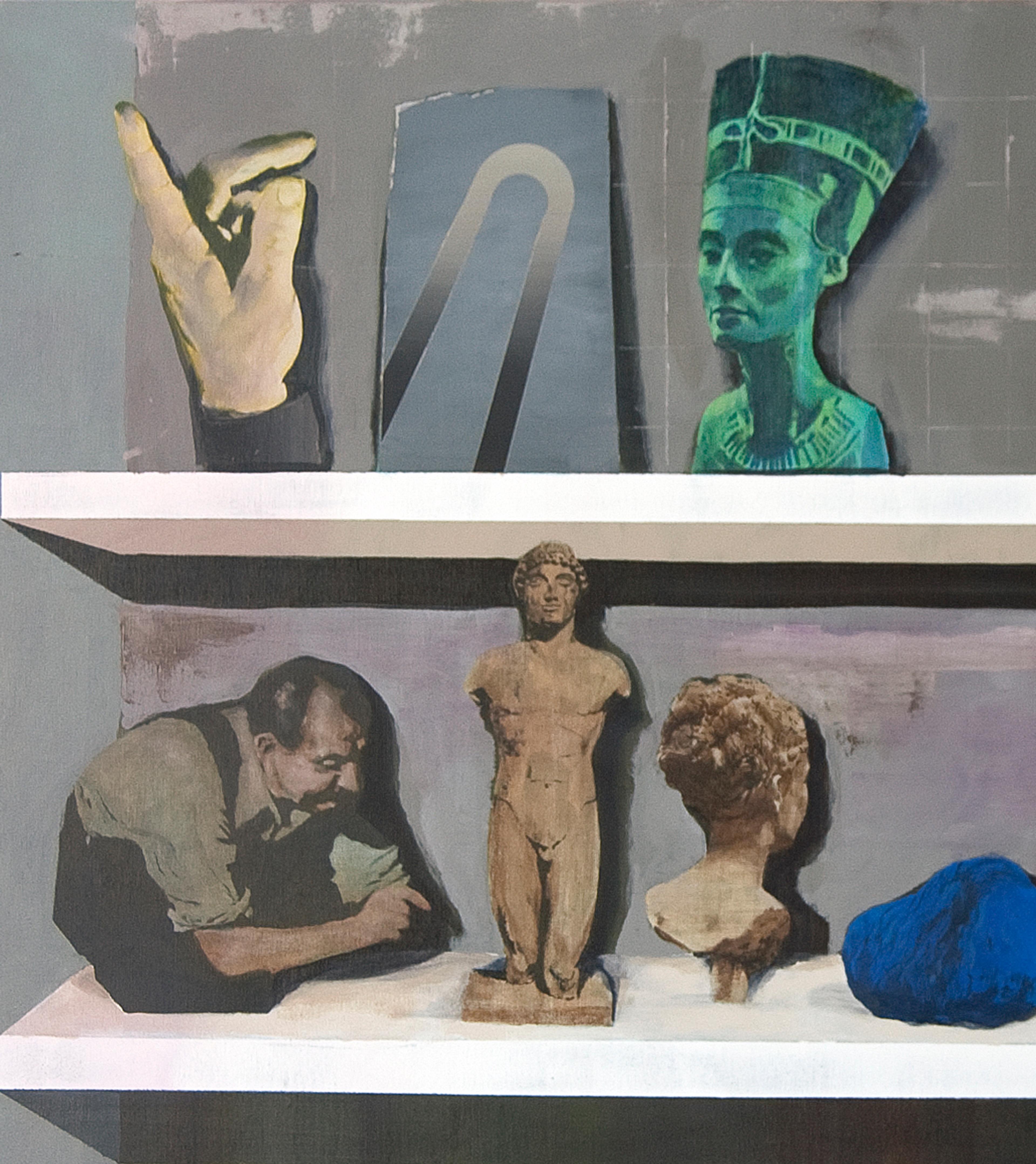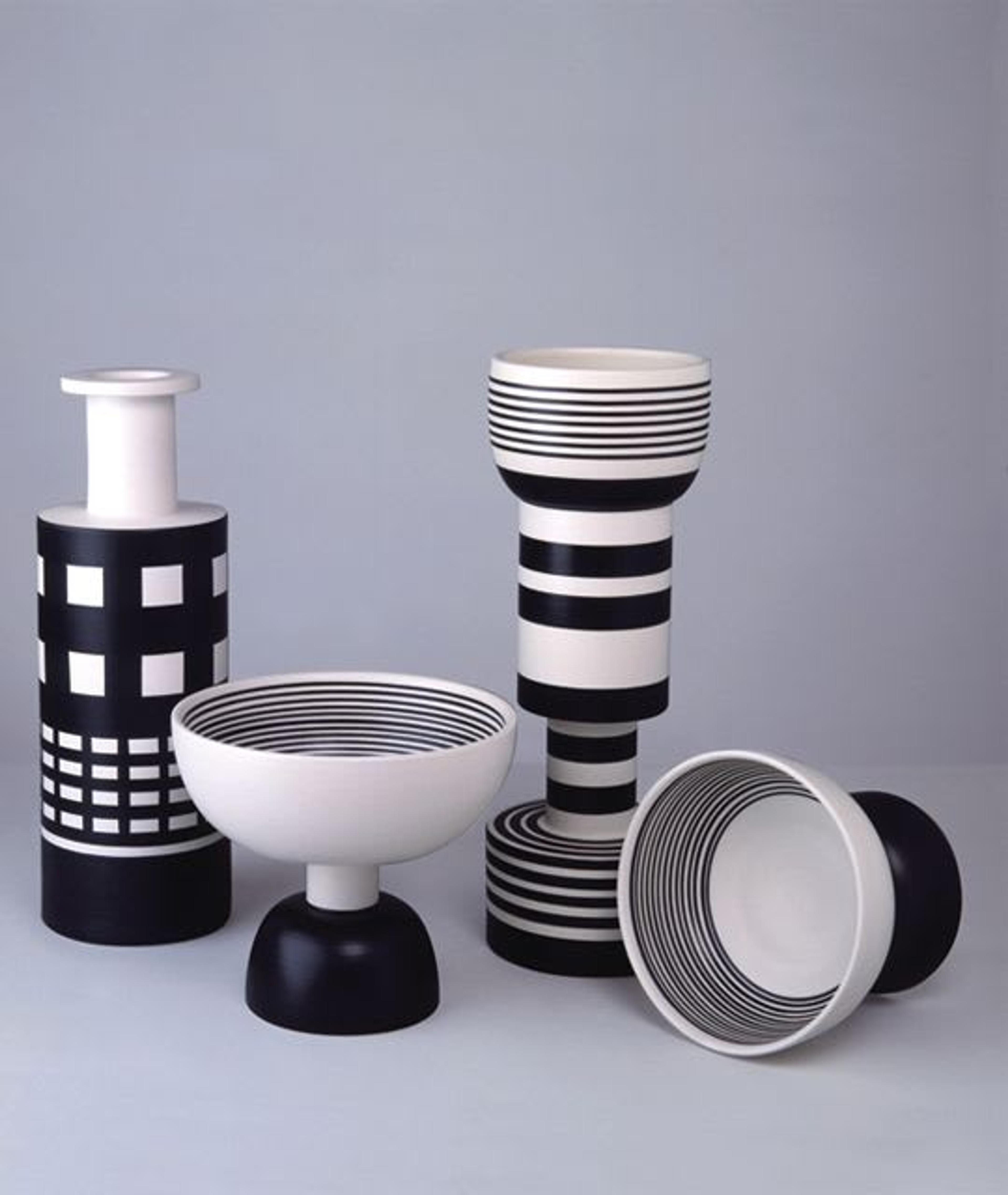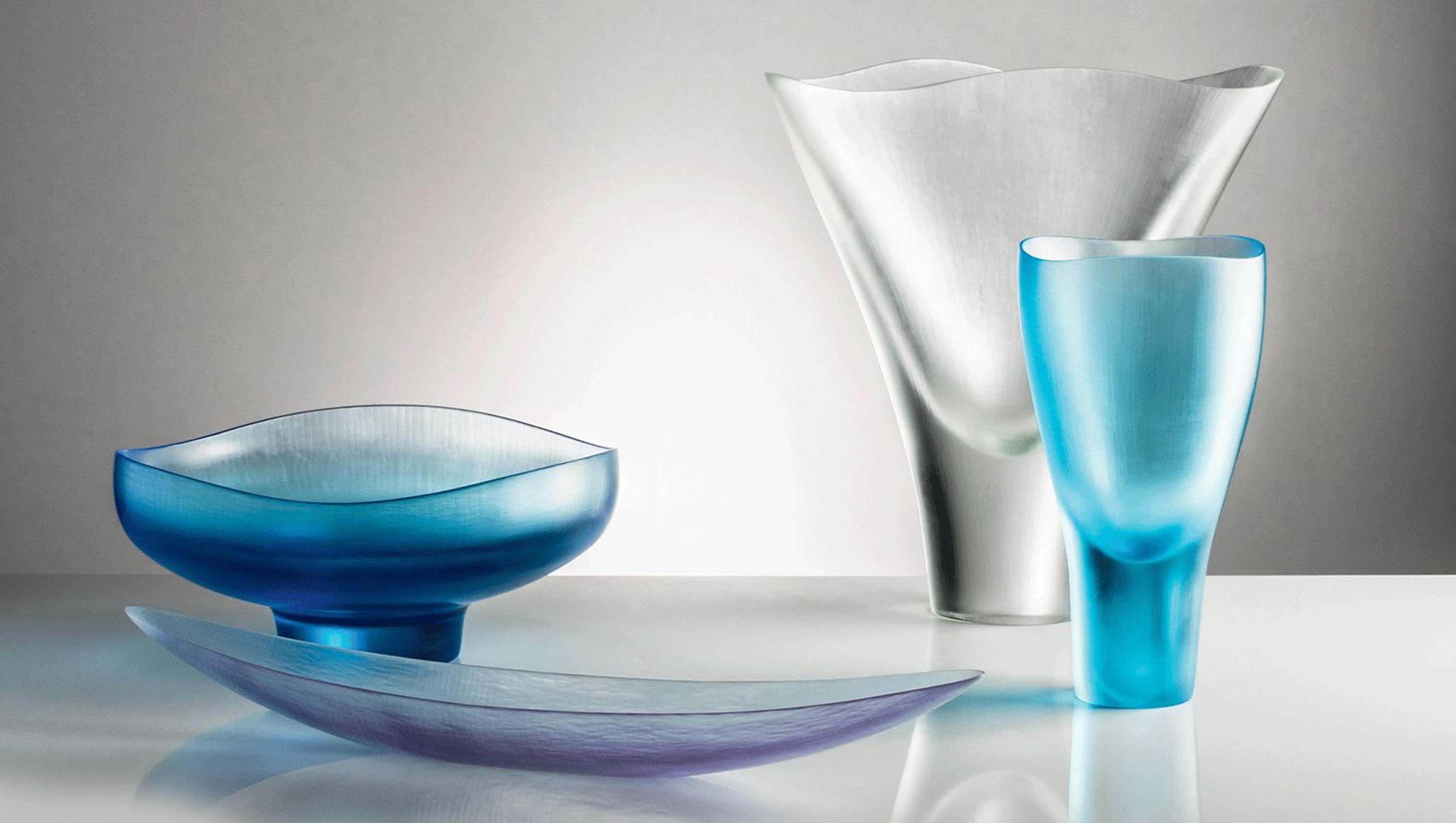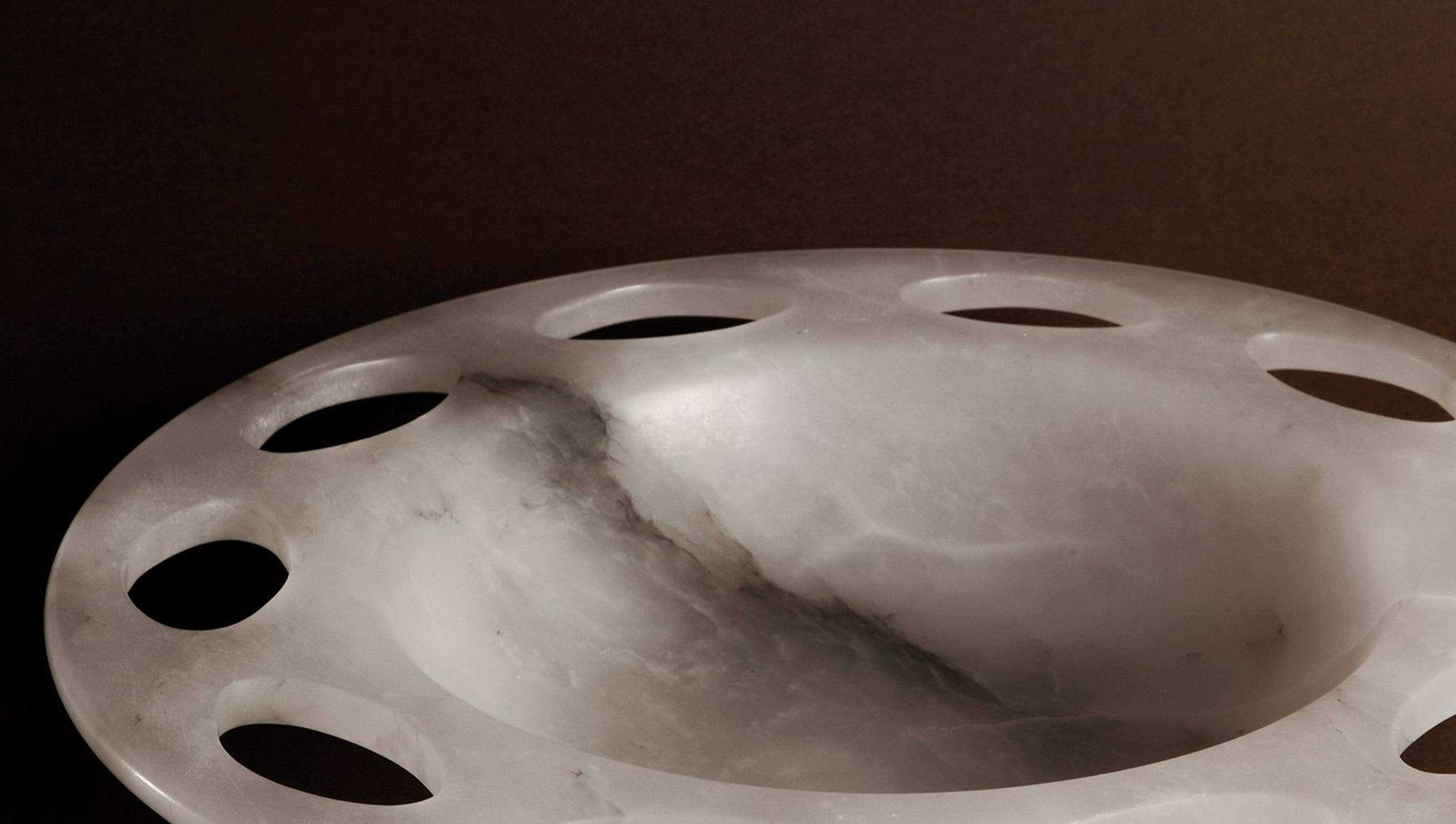
Design Icon: Ettore Sottsass
Ettore Sottsass, renowned Italian architect and designer, brought bold colors and an innovative contemporary style to everyday items, creating iconic postmodern furniture pieces. Explore a selection of decorative objects he designed for Bitossi Ceramiche and Ceramica Gatti as well as statement pieces that shaped the history of the Memphis Movement in Milan.
Born in Innsbruck in 1917 and raised in Turin, Ettore Sottsass emerged as one of the most radical and influential voices in 20th-century design. After graduating from the Polytechnic University of Turin in 1939 and surviving World War II, he began his career renovating war-damaged buildings before moving to Milan, where he immersed himself in the city’s vibrant artistic and literary circles.
Sottsass’s early work spanned painting, ceramics, and interiors, but his breakthrough came in 1958 when he joined Olivetti as a design consultant. There, he transformed everyday office objects—like the now-iconic Valentine typewriter—into bold cultural statements. His designs, marked by vibrant colors and sculptural forms, blurred the boundaries between art and industry, and earned him international acclaim, including the prestigious Compasso d’Oro.
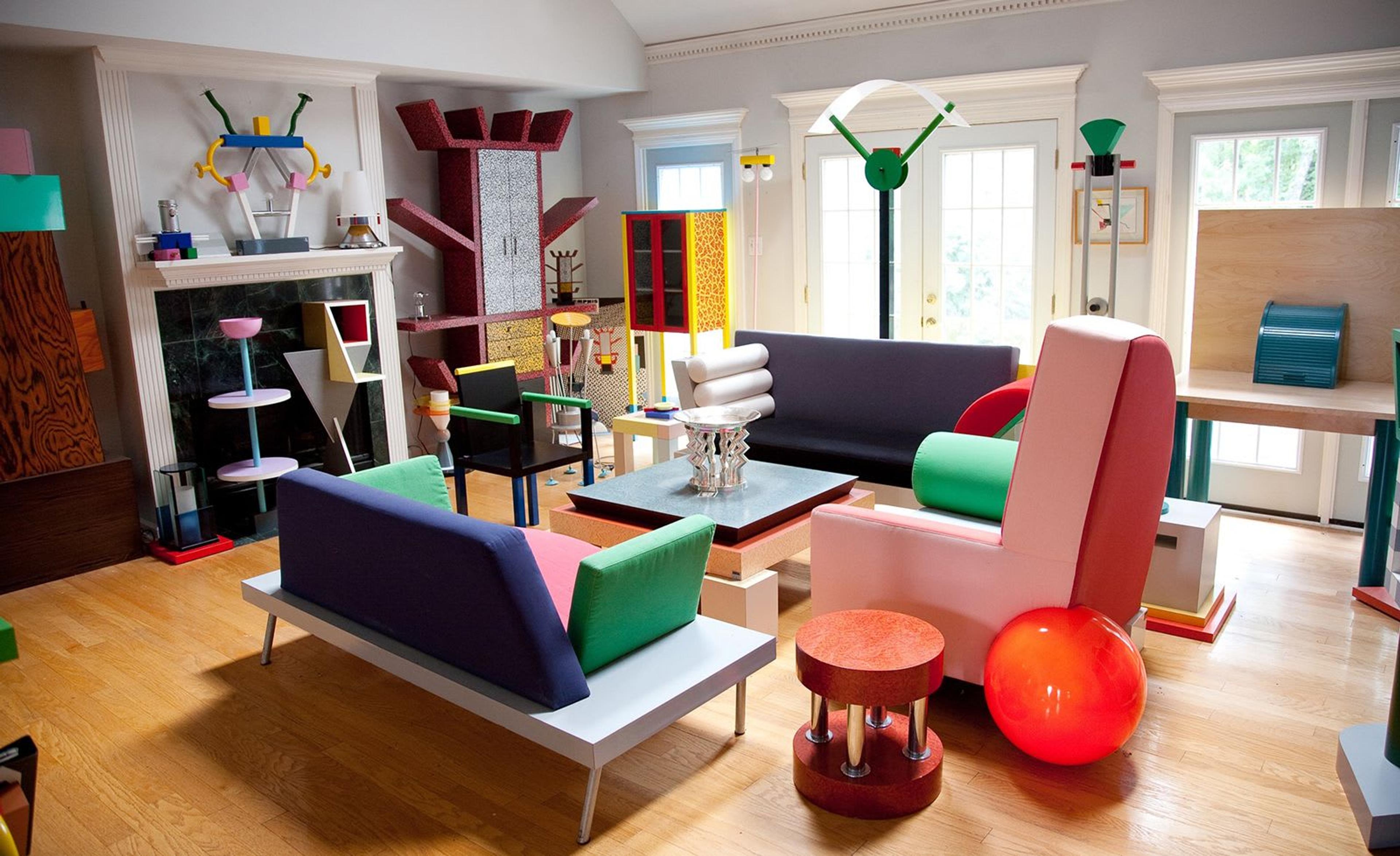
When I was young, all we ever heard about was functionalism, functionalism, functionalism. It's not enough. Design should also be sensual and exciting.
Sottsass designed some of Memphis’s most iconic works, including the Carlton room divider and Casablanca cabinet, as well as glass vases like Anake and Alioth, all of which exemplify his embrace of traditional craftsmanship through a radically modern lens.
Beyond Memphis, Sottsass continued to challenge conventions through architecture, furniture, and writing, always viewing design as a way to question life, society, and the human condition. His legacy lives on in museums, design collections, and in the continued relevance of his radical vision.
